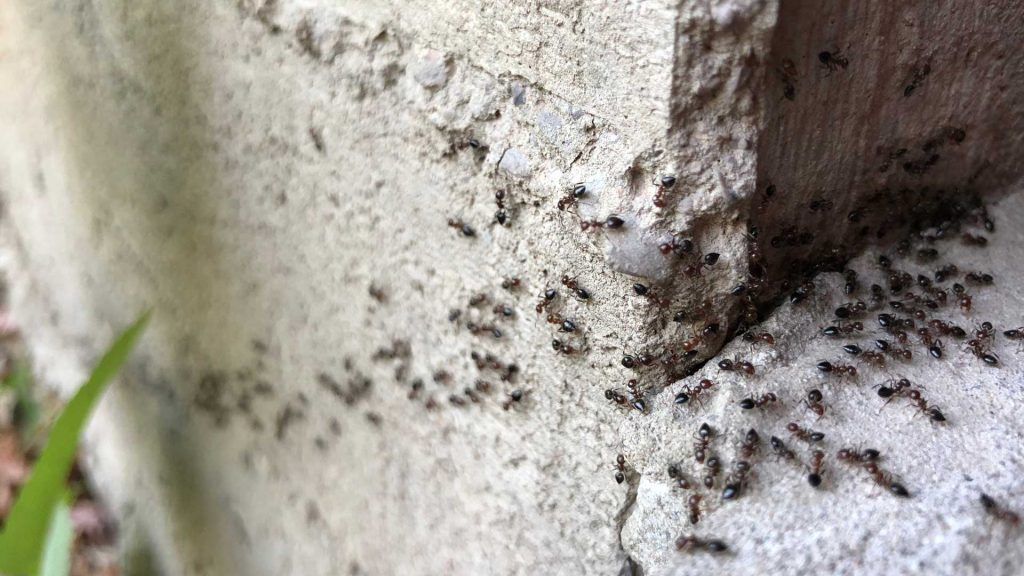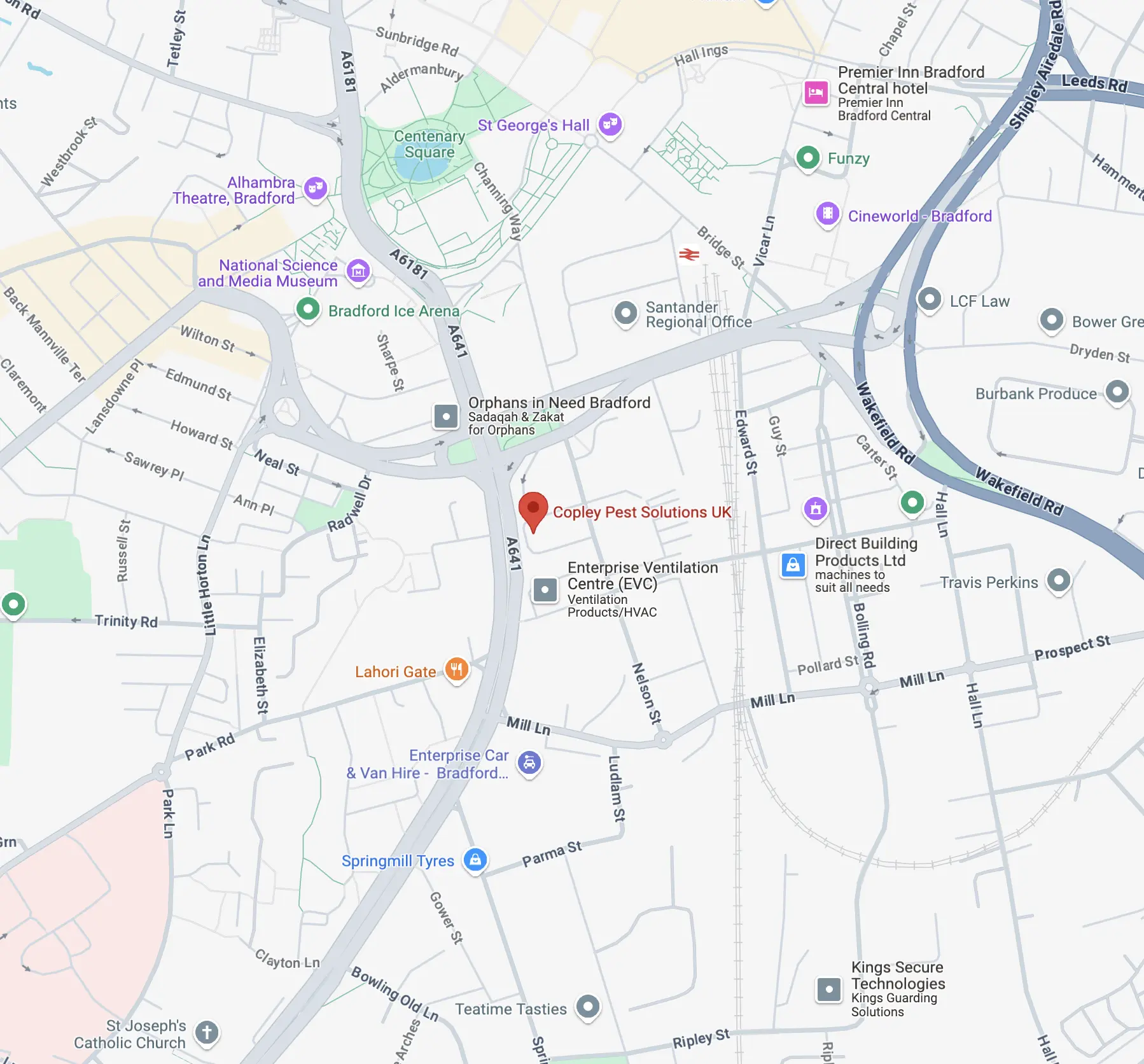
Ants Control
Contact your local technician

Advice for controlling ants
The most common species of ant which is prone to invading the home is the black garden ant. Although this ant appears as black, it is actually dark brown. The ant’s body is separated into separate divisions, consisting of the body, head, thorax and abdomen. These are distinctly separated by particularly narrow waists and have a sharp elbow joint on their antennae.
Ants are incredibly organised and sociable insects. It is the foraging worker ants who invade buildings on the hunt for sustenance. These are from 3 to 5 mm in length and are always drawn to sweet foodstuffs which they take back to the nest to feed to the larvae and queen.
The so-called ant’s eggs sold for aquaria fish are the pupae. Flying ants are the reproductive males and females. These mating ants are winged and have a nuptial swarming flight during only a few days in July or August. Mating happens in the air and the female then seeks out a nest site where she stays for the winter, laying eggs the following spring so that they can begin a new colony.
How to deal with ants
First, find the nest entrances. These are indicated by small piles of earth pellets or can be located by watching the ants moving back and forth from nest to food.
Some products cause the worker ants to destroy their own nests, for example, sugar-based liquid bait. The worker ants are attracted to the bait and carry the insecticide back to the larvae and queen.
Some flats with central heating may be troubled by the much smaller tropical Pharaoh Ant, which prefers protein to sweet foods and has multiple – and often inaccessible – nests within the building structure.
Ghost Ants are becoming more common in heated buildings. These are a similar size to Pharaoh’s ants and are pale coloured with a dark thorax and head. Control must be left to professional operators.












